We have had some issues with resonance overshoot from our 10W wall supply to a products LDO. The theory is that this overshoot will destroy the LDO once in a while rendering the product useless.
While investigating this I examined the difference between having the wall supply plugged in the wall first and then into the product and the other way around.
So when having the wall supply plugged into the product first, and then into the wall I will get this static on the supply input of the product (see first picture). Down to -5 V for a short time . Second picture shows how long before this small static event is before the voltage ramps up to normal on the product.
Is this problematic for an LDO with Absolute maximum input -0.3 - 6 V? Is there any way to mitigate this in the future?


